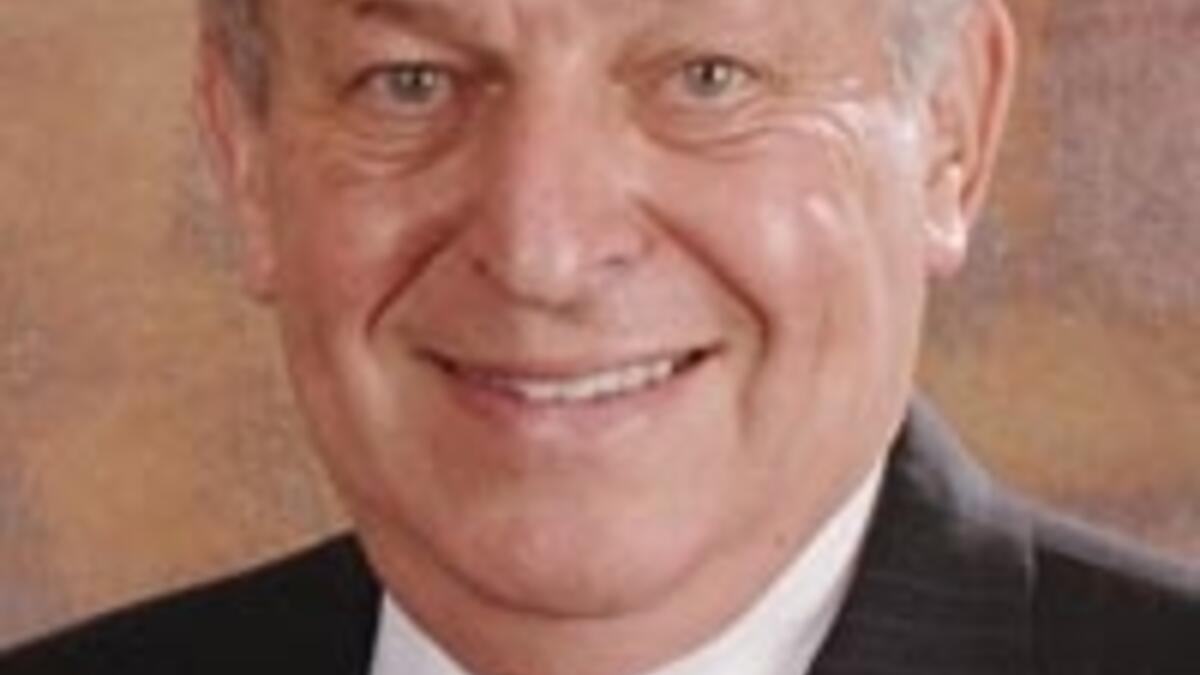Jerry Colangelo spotlighted in ASU event Jan. 29, 'Leading with Integrity'

Free and open to the public, event takes place on Polytechnic campus in Mesa
Jerry Colangelo, one of Arizona’s most renowned and successful businessmen and sports leaders, will be the featured speaker at Arizona State University’s Polytechnic campus, Jan. 29.
The event, “Leading with Integrity,” takes place from 4 to 5:15 p.m. in the Student Union Cooley Ballroom. It is free and open to the public, and parking is available in Lot 10.
Jointly sponsored by ASU’s office of Educational Outreach and Student Services and College of Technology and Innovation, the event features a talk by Colangelo on the topic of integrity and leadership, followed by an engaging Q and A facilitated by moderator Gregg Ostro, president and CEO of Phoenix-based Go Media. Colangelo also will entertain questions from the audience.
Colangelo arrived in the Valley of the Sun in 1968 to take over the expansion Phoenix Suns NBA franchise as the youngest general manager in professional sports and guided the Suns to become one of the most successful organizations in the NBA. He brought Major League Baseball to the Valley in 1998 and was chairman of the 2001 World Champion Arizona Diamondbacks, the first major sports championship for Phoenix. Colangelo was the key element in facilitating the move of the NHL’s Winnipeg Jets to the Valley of the Sun to become the Phoenix Coyotes. Colangelo was also on the founding committee for the WNBA, and the Phoenix Mercury were one of the league’s inaugural teams in 1997.
Colangelo was elected to the Naismith Memorial Basketball Hall of Fame in April 2004, was named the NBA’s Executive of the Year four times, and has been recognized by The Sporting News as one of the most powerful people in sports. Colangelo assembled the coaches and players of the “Redeem Team,” who returned USA Basketball to Olympic glory and claimed the gold medal at the 2008 Games in Beijing. He is currently Chairman of USA Basketball, and directed the 2012 men’s Olympic Basketball operations that led to another gold medal.
Colangelo’s commitment to the Valley transcends sports and he is well-known as one of the city’s most active community leaders and respected business leaders. In recognition of his efforts in the community, Phoenix mayor Phil Gordon proclaimed March 26, 2004, Jerry Colangelo Day in the city of Phoenix. The Valley of the Sun United Way also bestowed its highest honor, the Spirit of Caring award, to Colangelo on June 30, 2005 for his passion for improving lives in the community, and he was awarded an honorary degree from Arizona State University in 2002.
Born Nov. 20, 1939, Colangelo grew up in the “Hungry Hill” neighborhood of Chicago Heights. Colangelo and his wife, Joan, whom he met on a blind date while at the University of Illinois, have four children: Kathy Holcombe, Kristen Brubaker, Bryan and Mandie Colangelo, and six granddaughters and four grandsons.